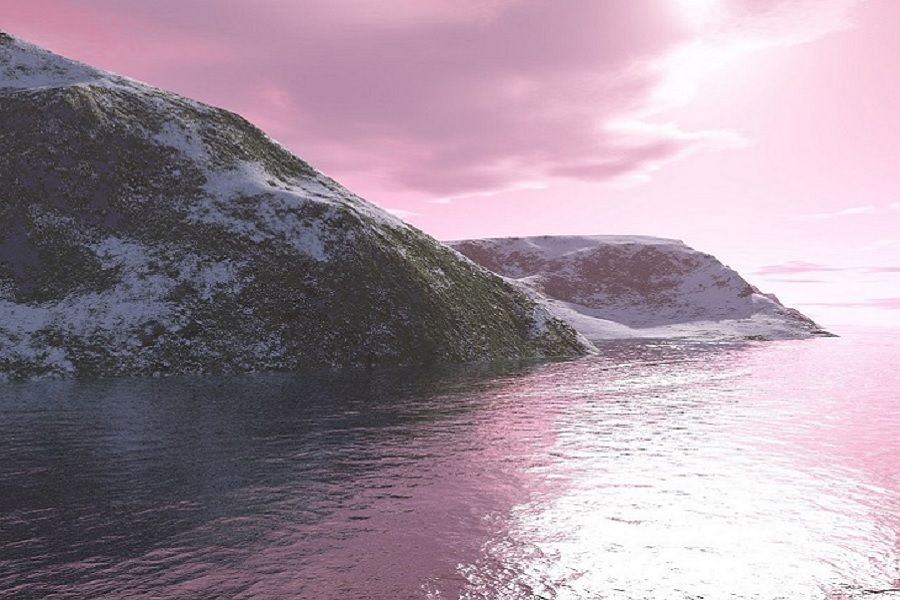
Follow us Now on Telegram ! Get daily 10 - 12 Interesting Updates. Join our Telegram Channel https://t.me/OhWomen
Download Telegram App before Joining the Channel
Starting October 22, the British Museum is set to open a major exhibition on the history of the Arctic and its Indigenous Peoples, through the lens of climate change and weather.
Titled 'Citi exhibition Arctic: culture and climate', it will look at the whole circumpolar region, revealing how Arctic Peoples have adapted to climate variability in the past and meet the challenges of global climate change today.
Through the knowledge and stories of Indigenous Arctic Peoples, the exhibition addresses the global issue of changing climates in a transforming world.
The Arctic Circle is the most northern region in the world encompassing the area of midnight sun in summer and the polar night in winter that covers 4 percent of the Earth. It is home to 4 million people including 400,000 Indigenous Peoples belonging to one or more of 40 different ethnic groups with distinct languages and dialects. Most of the Arcticâ Indigenous inhabitants are involved in hunting, fishing and reindeer herding. These subsistence activities are supplemented by employment in industries such as government infrastructures, energy, commercial fishing and tourism.
The Arctic has been home to resilient communities for nearly 30,000 years, cultures that have lived with the opportunities and challenges of one of the most dramatic environments on the planet. Today, climate change is transforming the Arctic at the fastest rate in human history.
As per the museum, from rare archaeological finds, unique tools and clothing adapted to flourish in the cold, artworks reflecting the respectful relationship between Arctic people and the natural world, to stunning photography of contemporary daily life, the exhibition will show the great diversity of cultures and ingenuity of communities responding to dramatic changes in seasonal weather and human-caused climate change.
Scientists predict that the Arctic will be ice-free in 80 years, which will bring dramatic and profound change to the people that live there and will affect us all.
The exhibition will feature many objects from across the circumpolar region, including an eight-piece Igloolik winter costume made of caribou (wild reindeer) fur, illustrating the relationship between humans and animals in the Arctic. The hunted animal provides food for the community as well as clothing, perfectly adapted to help humans survive the extreme cold.
Arctic Peoples responses to the establishment of colonial governments and state-sponsored religions in the Arctic will feature as well. Stunning contemporary photography of the Arctic landscape and local communities will form part of the immersive exhibition design.
"The 'Citi exhibition Arctic: culture and climate' will tell inspirational stories of human achievement while celebrating the region natural beauty. It will encourage debate about the future of this globally significant landscape in the light of global climate change. Arctic Peoples have faced different kinds of change, developing strategies and tools to mitigate the disruptive effects of social and environmental change from which we can all learn," the Museum said.
Source : IANS